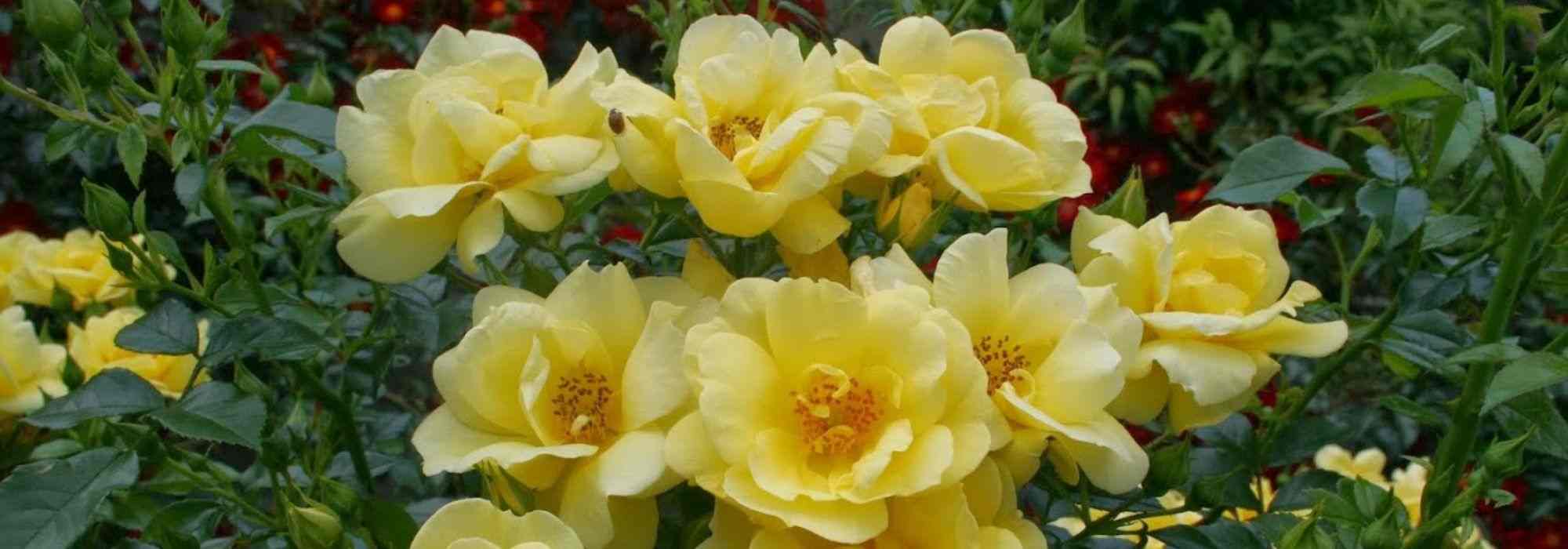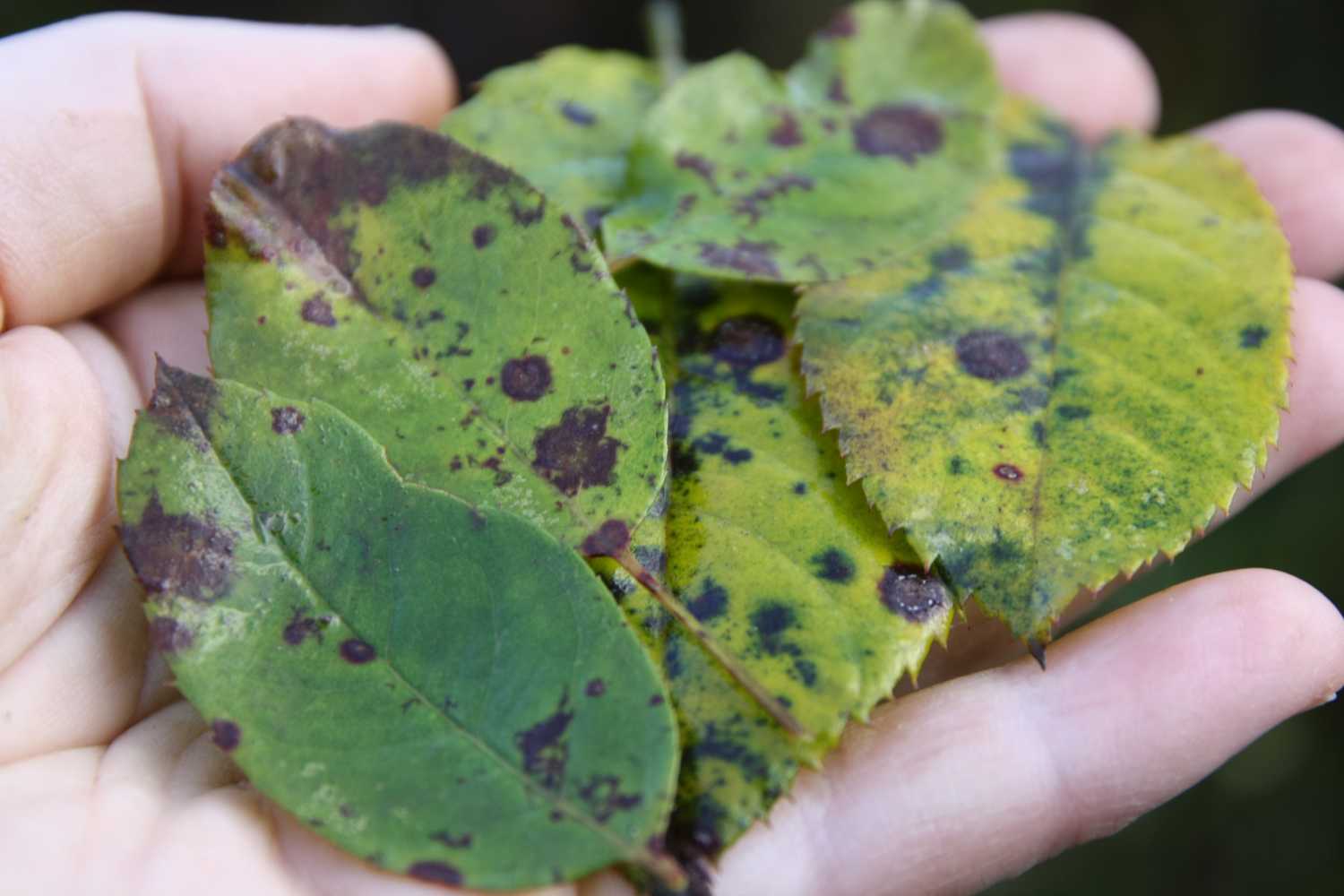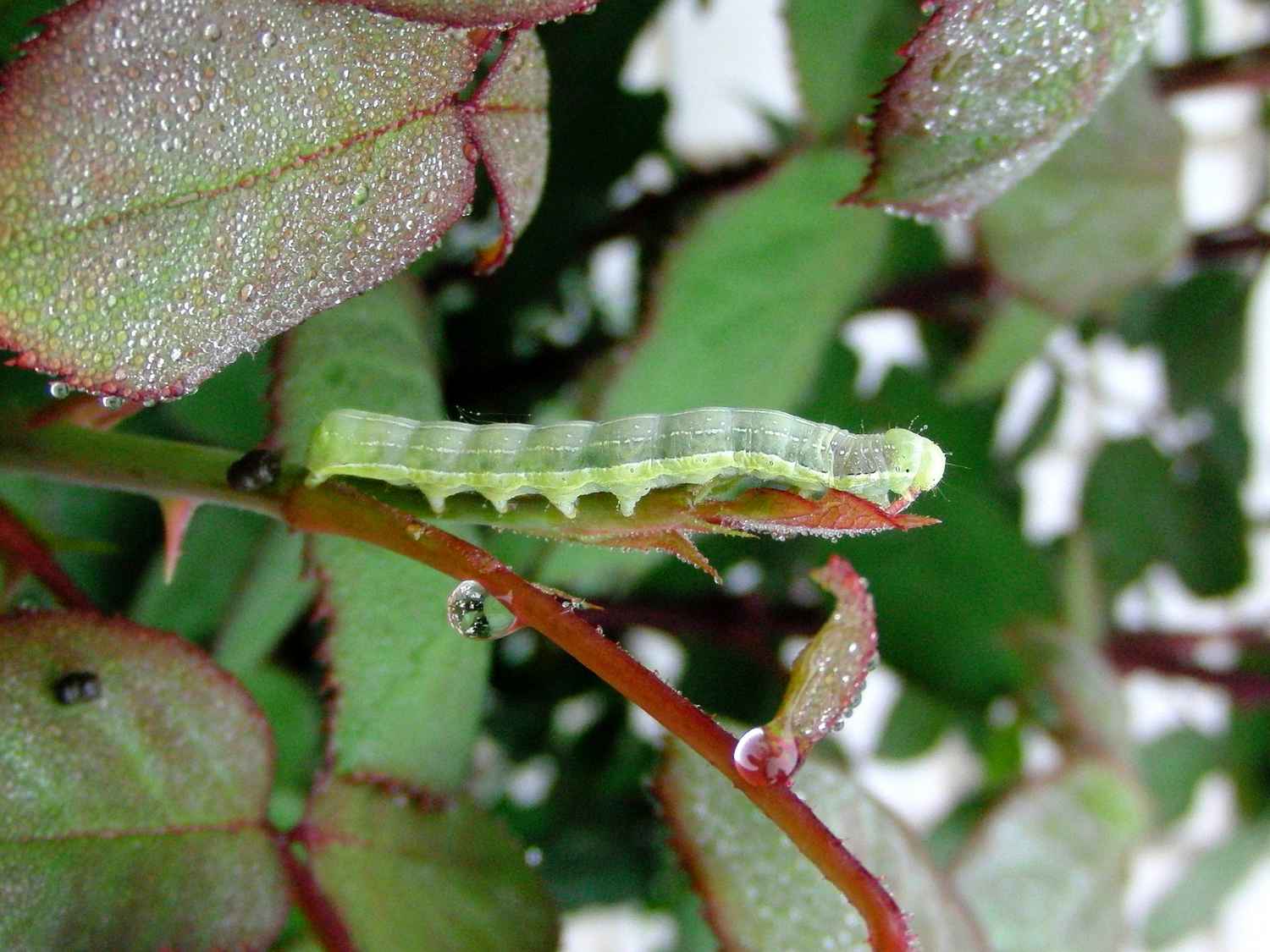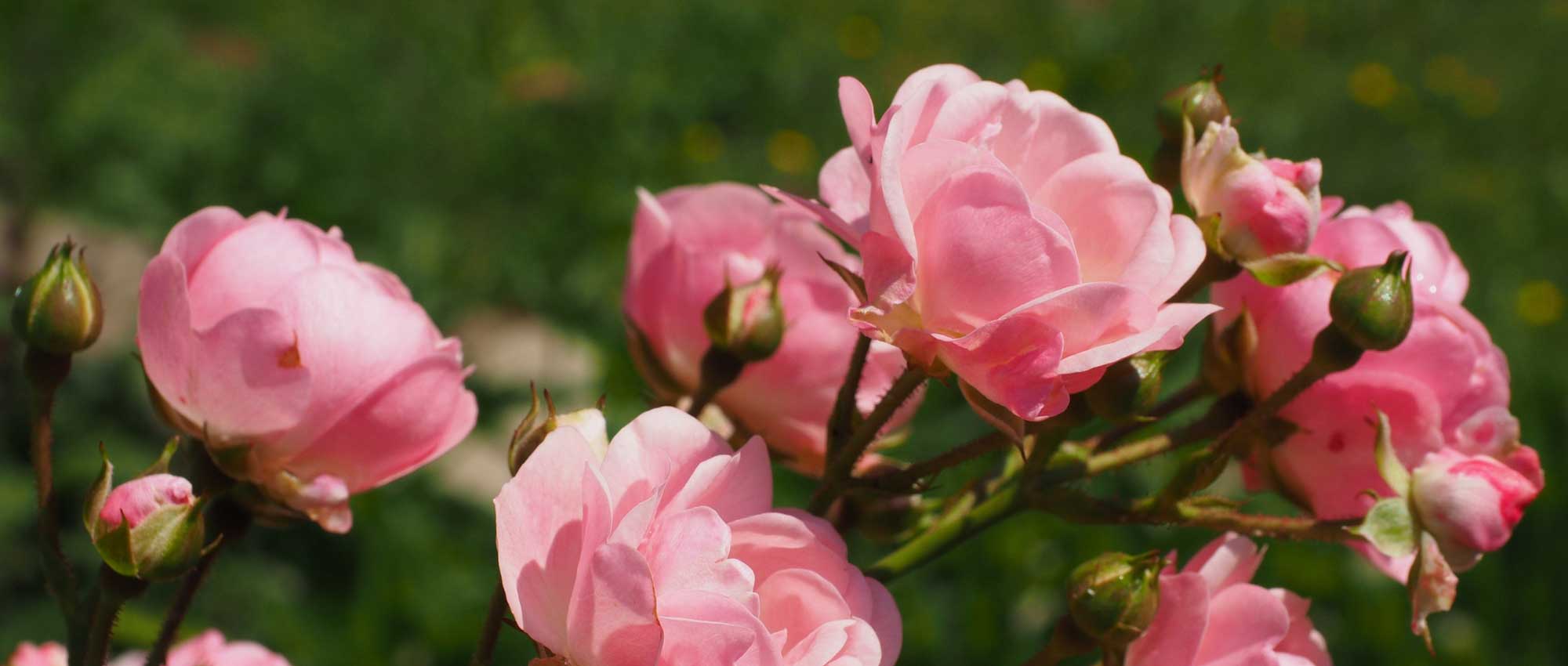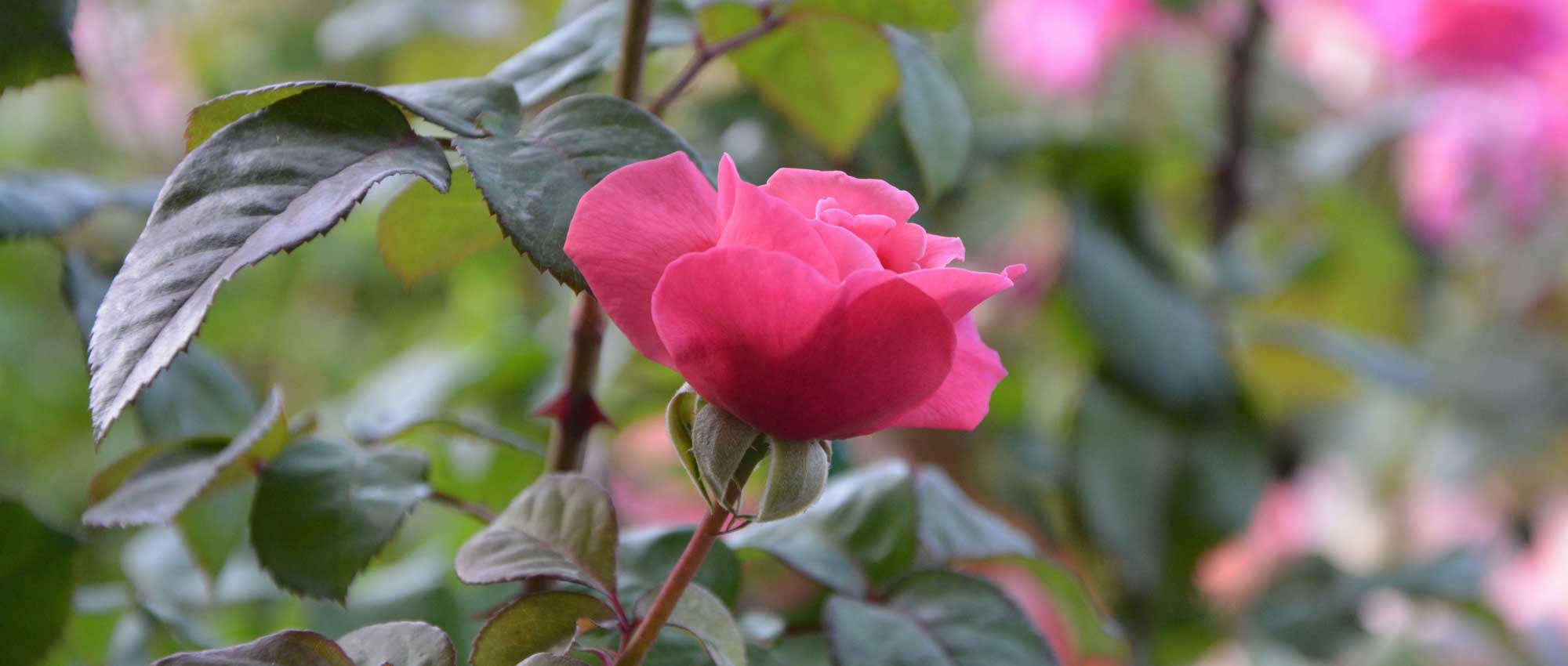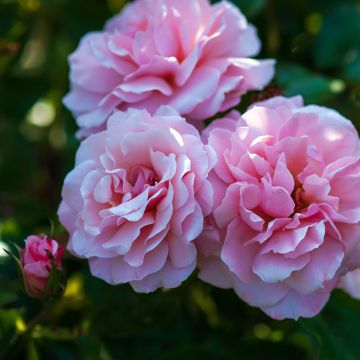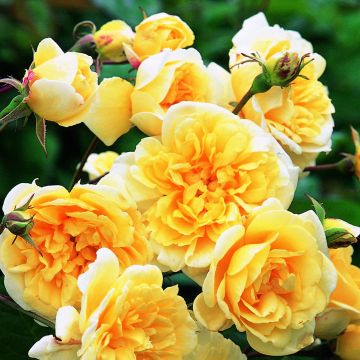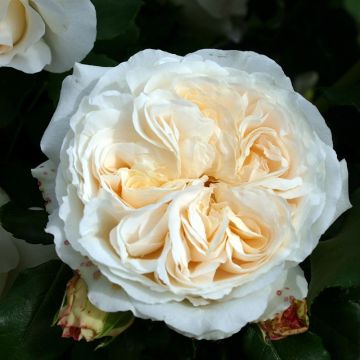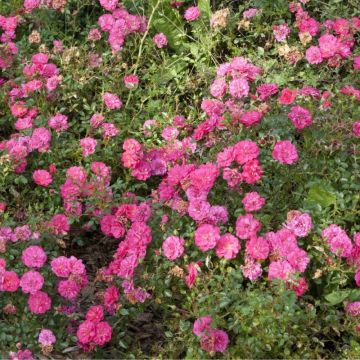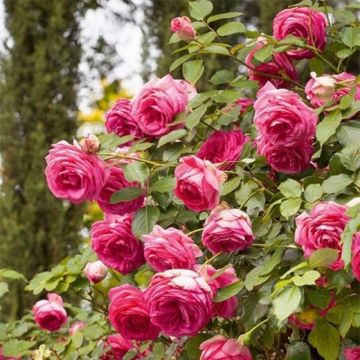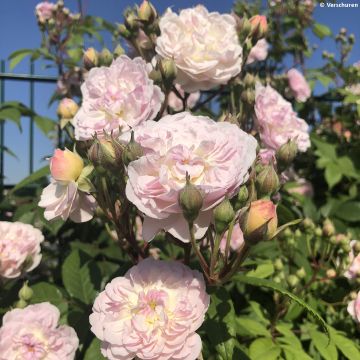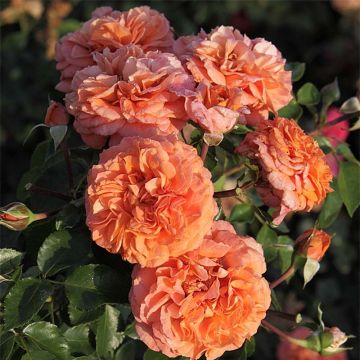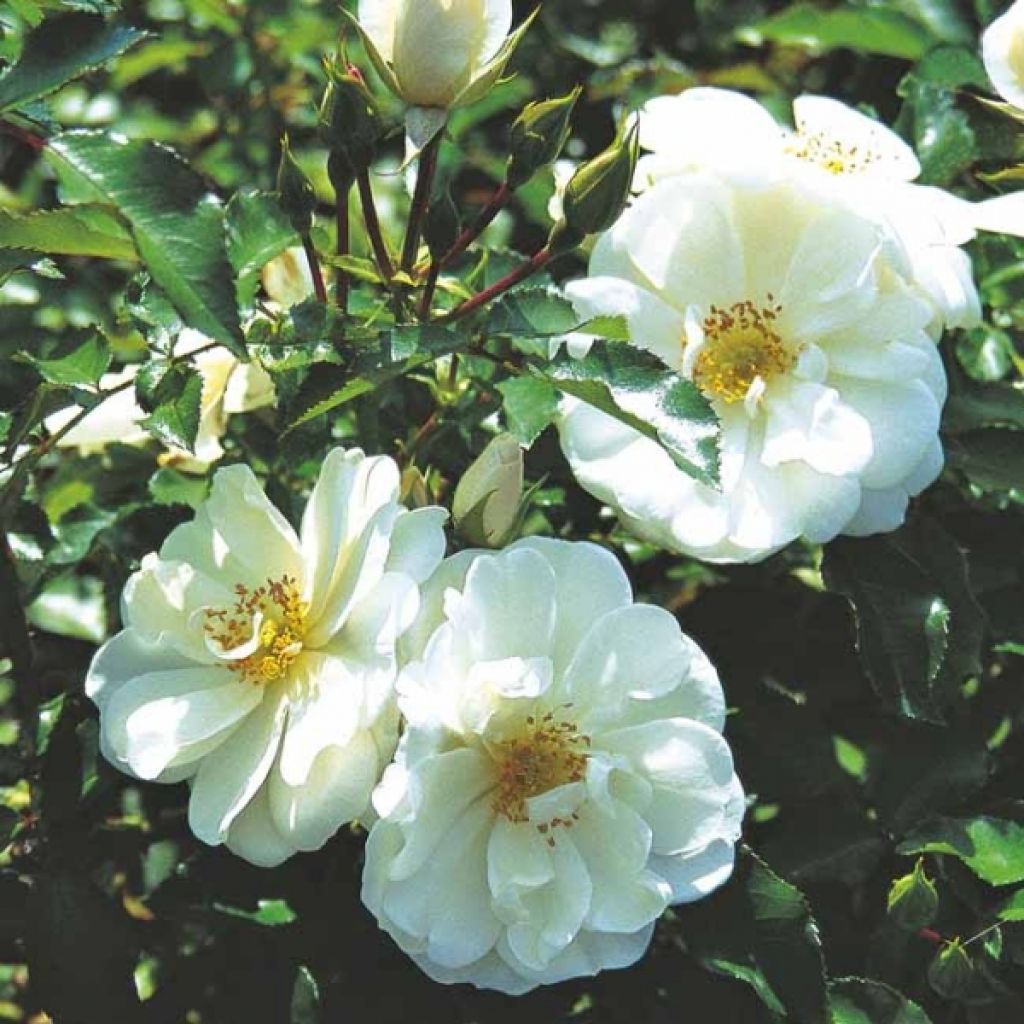

Rosa Decorosiers Opalia 'Noaschnee'
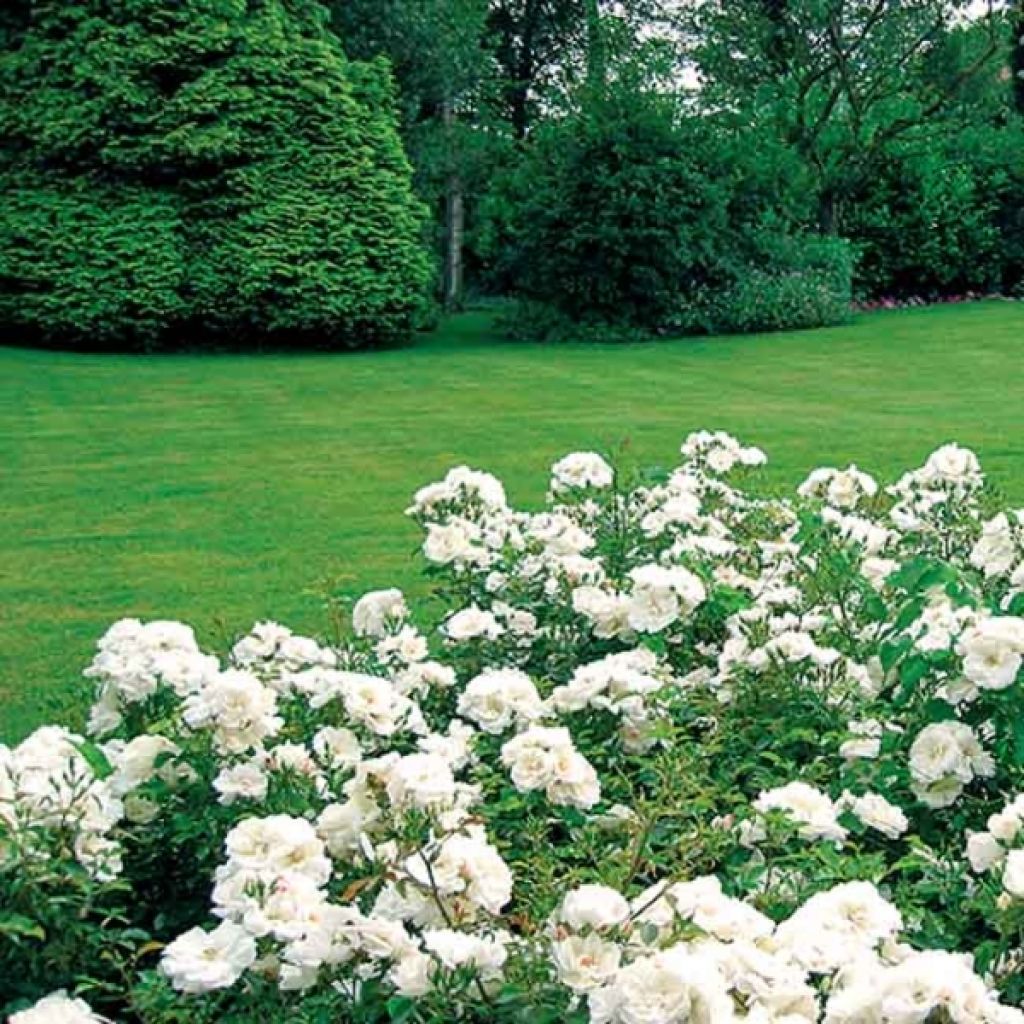

Rosa Decorosiers Opalia 'Noaschnee'
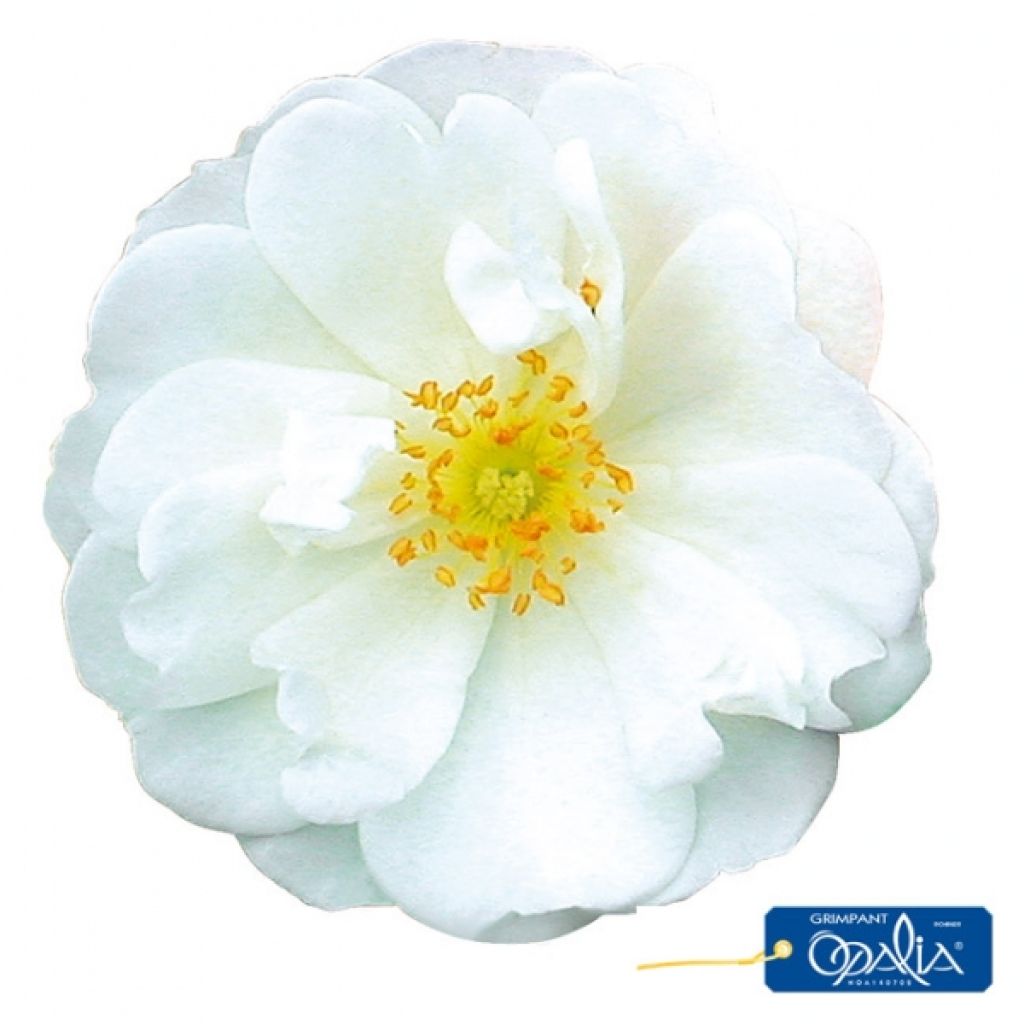

Rosa Decorosiers Opalia 'Noaschnee'
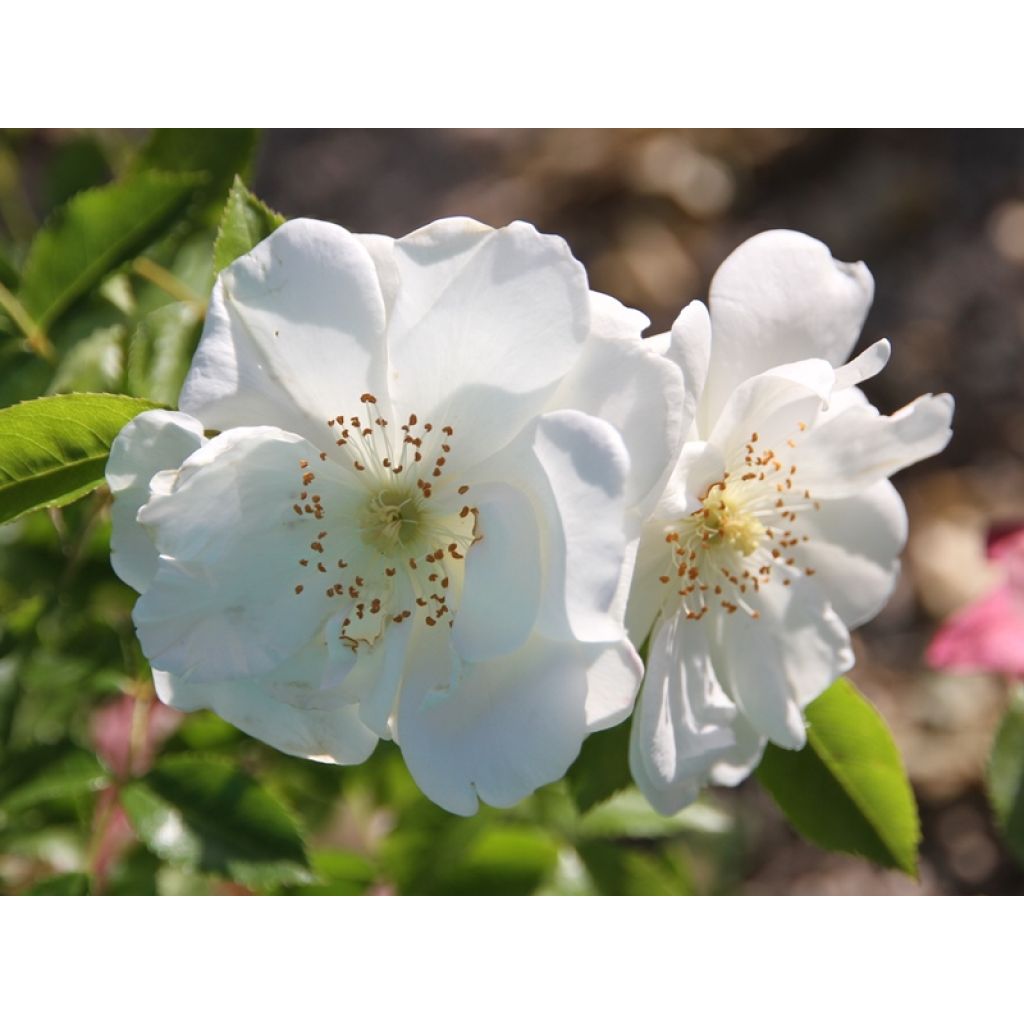

Rosa Decorosiers Opalia 'Noaschnee'
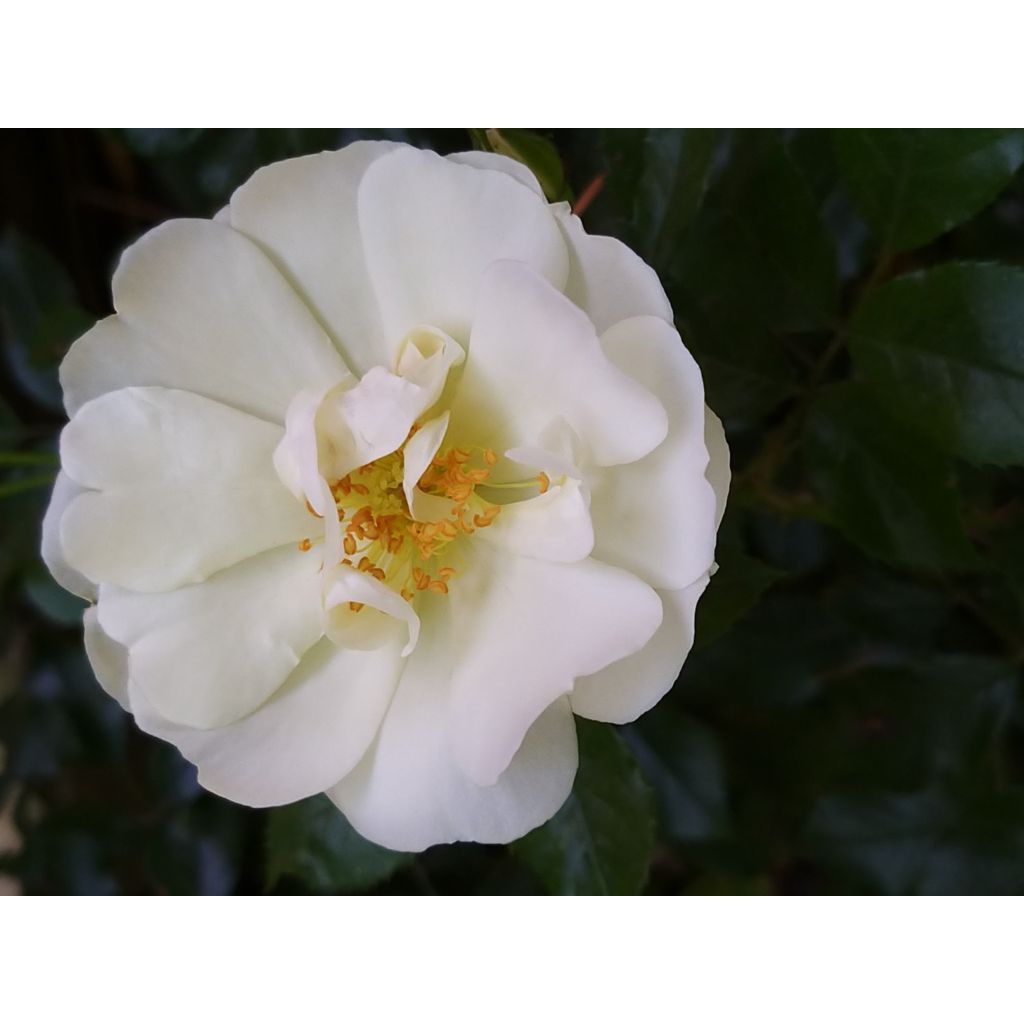

Rosa Decorosiers Opalia 'Noaschnee'
View more pictures
Hide images
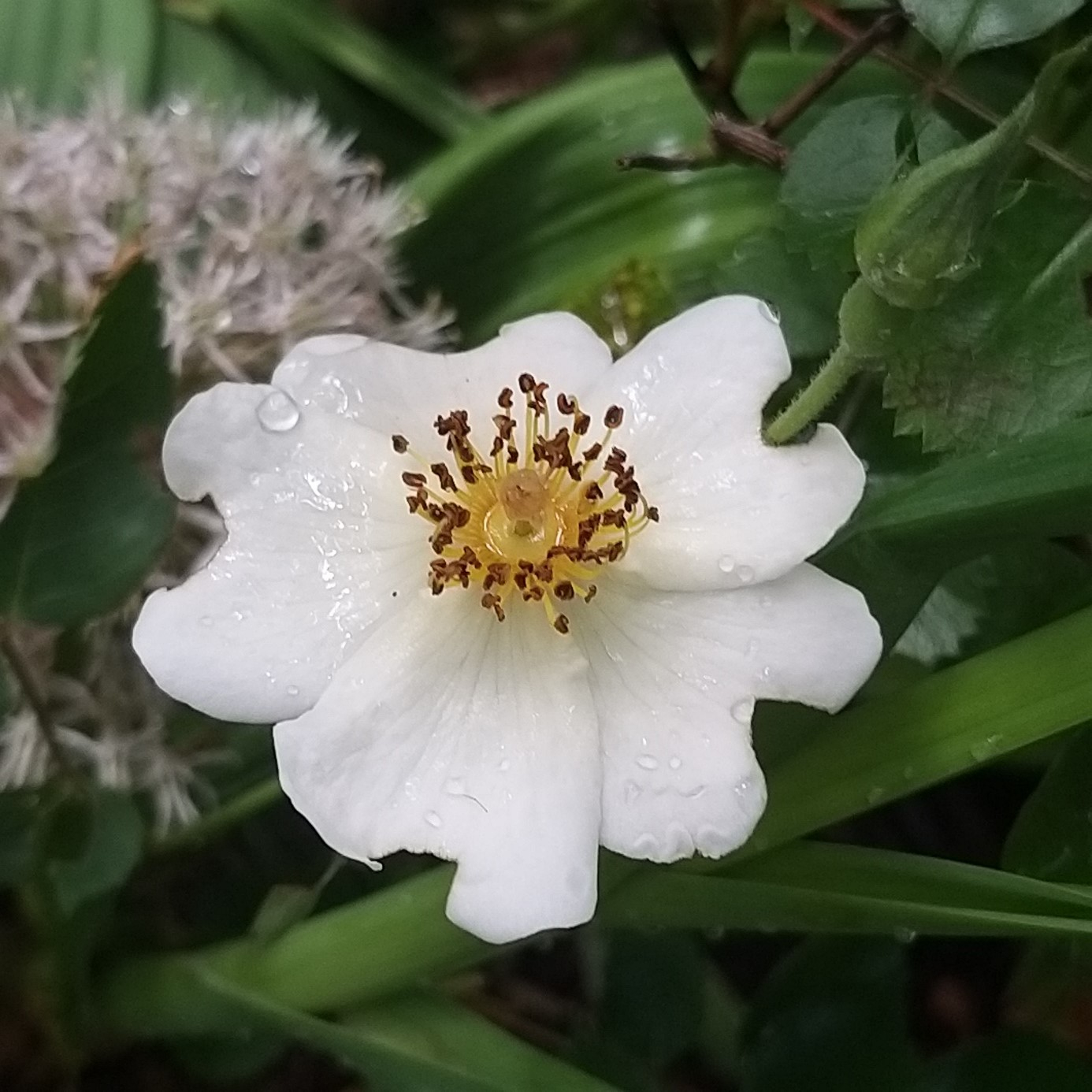
Thierry P.

Flowering in May - image 13 - Under the rain, near an Allium karataviense.
Thierry P. • 84 FR
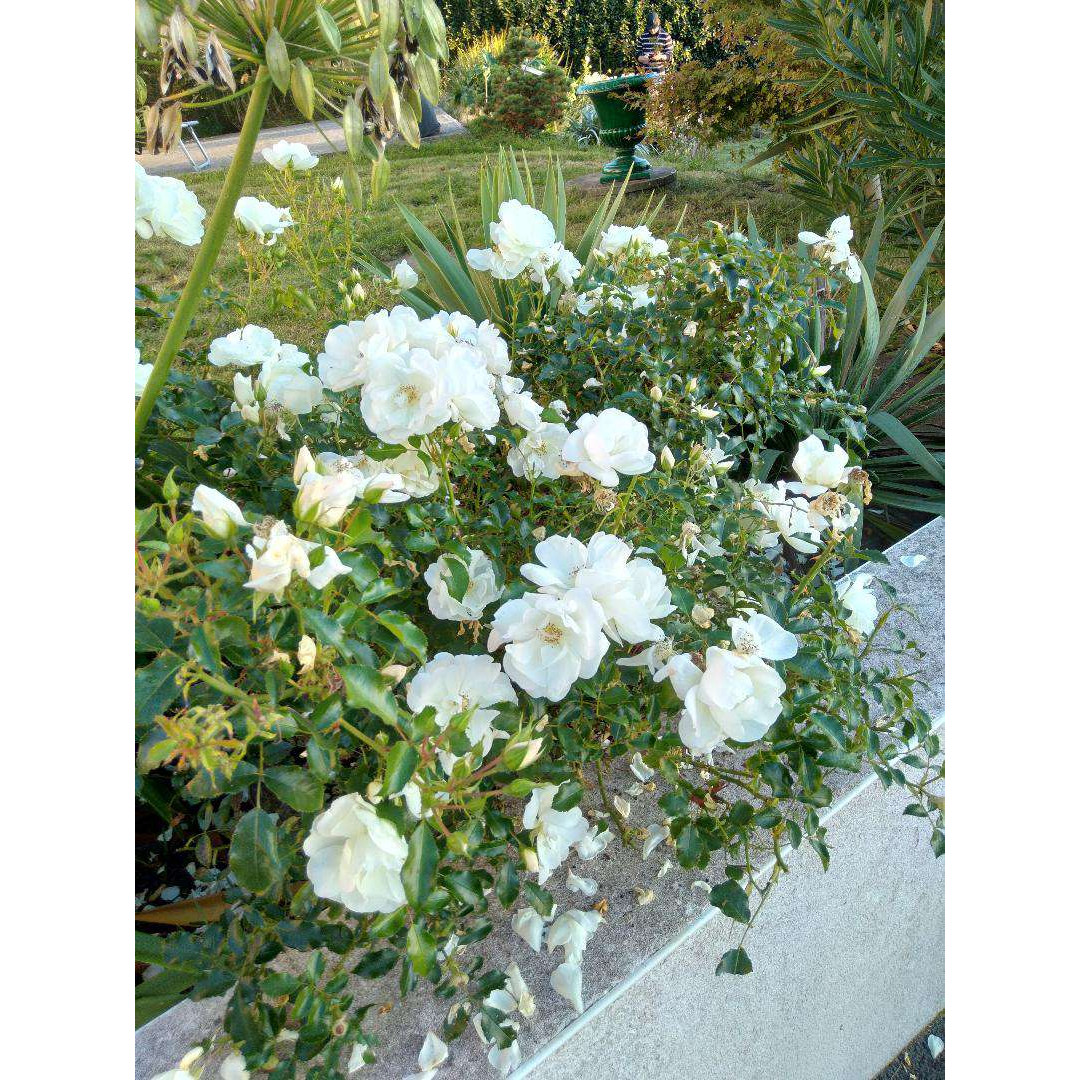
Samantha F.

In mid-October, in Brittany.
Samantha F. • 29 FR
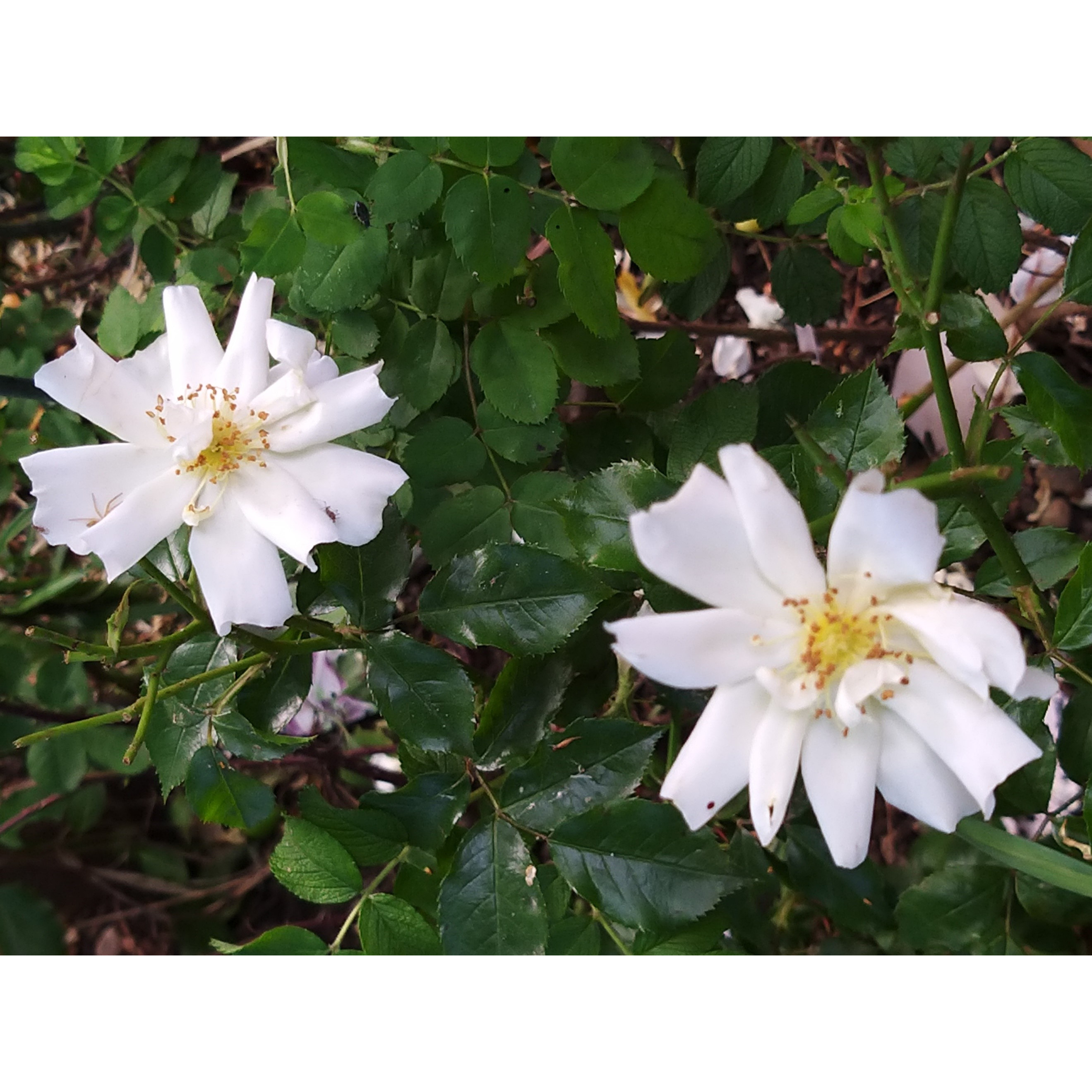
Thierry P.

May flowering - image 12
Thierry P. • 84 FR
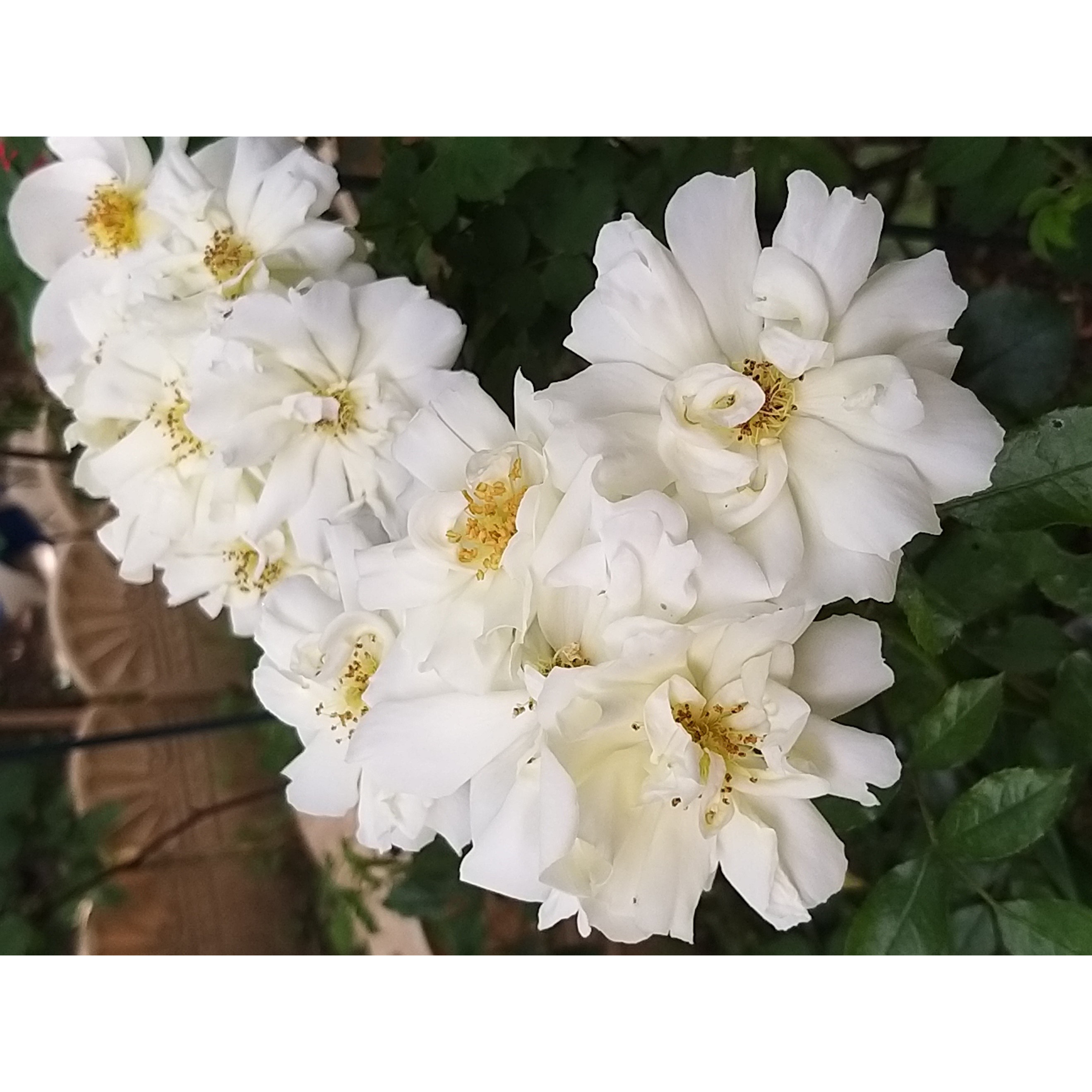
Thierry P.

May flowering - image 11
Thierry P. • 84 FR
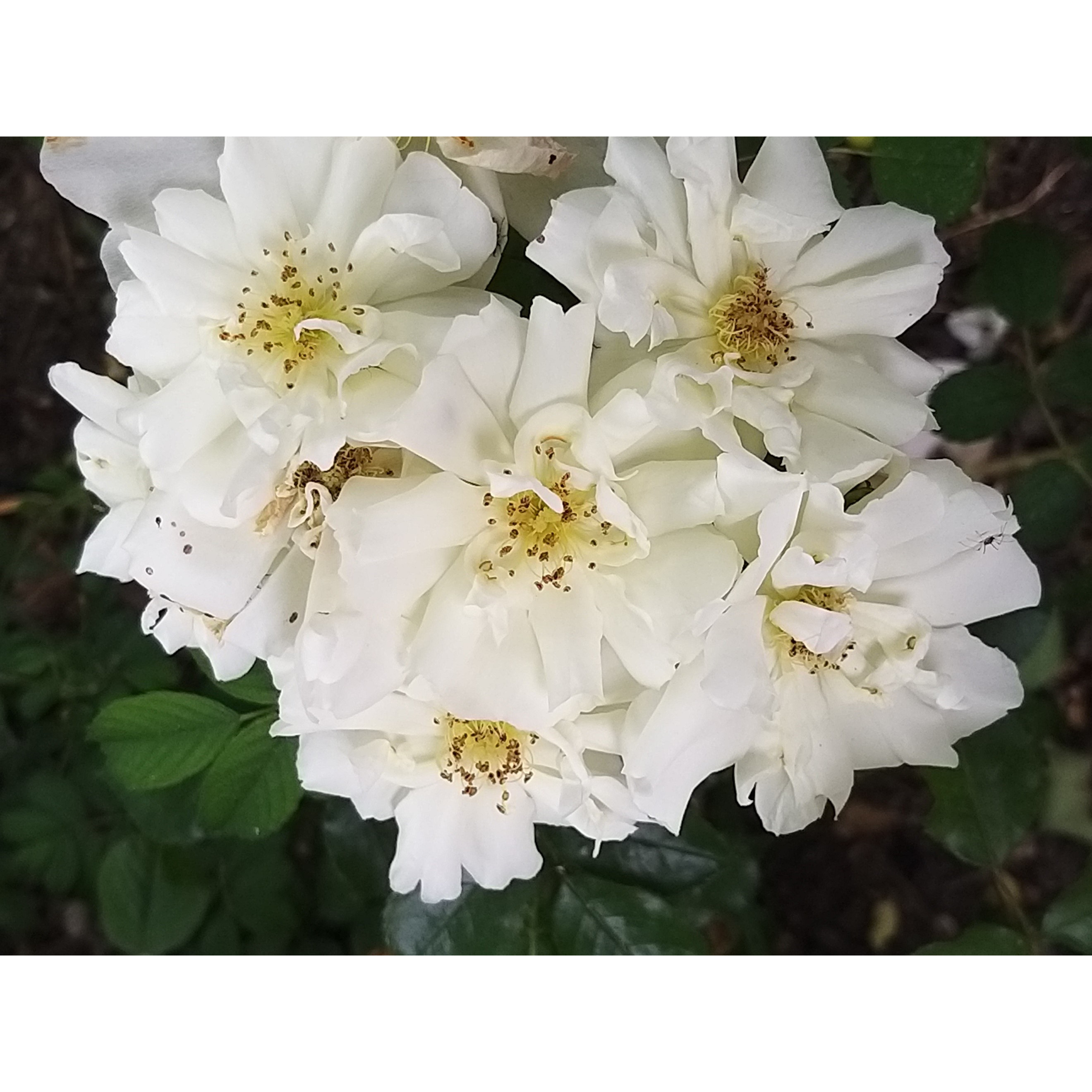
Thierry P.

May flowering - image 9
Thierry P. • 84 FR

Thierry P.

May flowering - image 10
Thierry P. • 84 FR
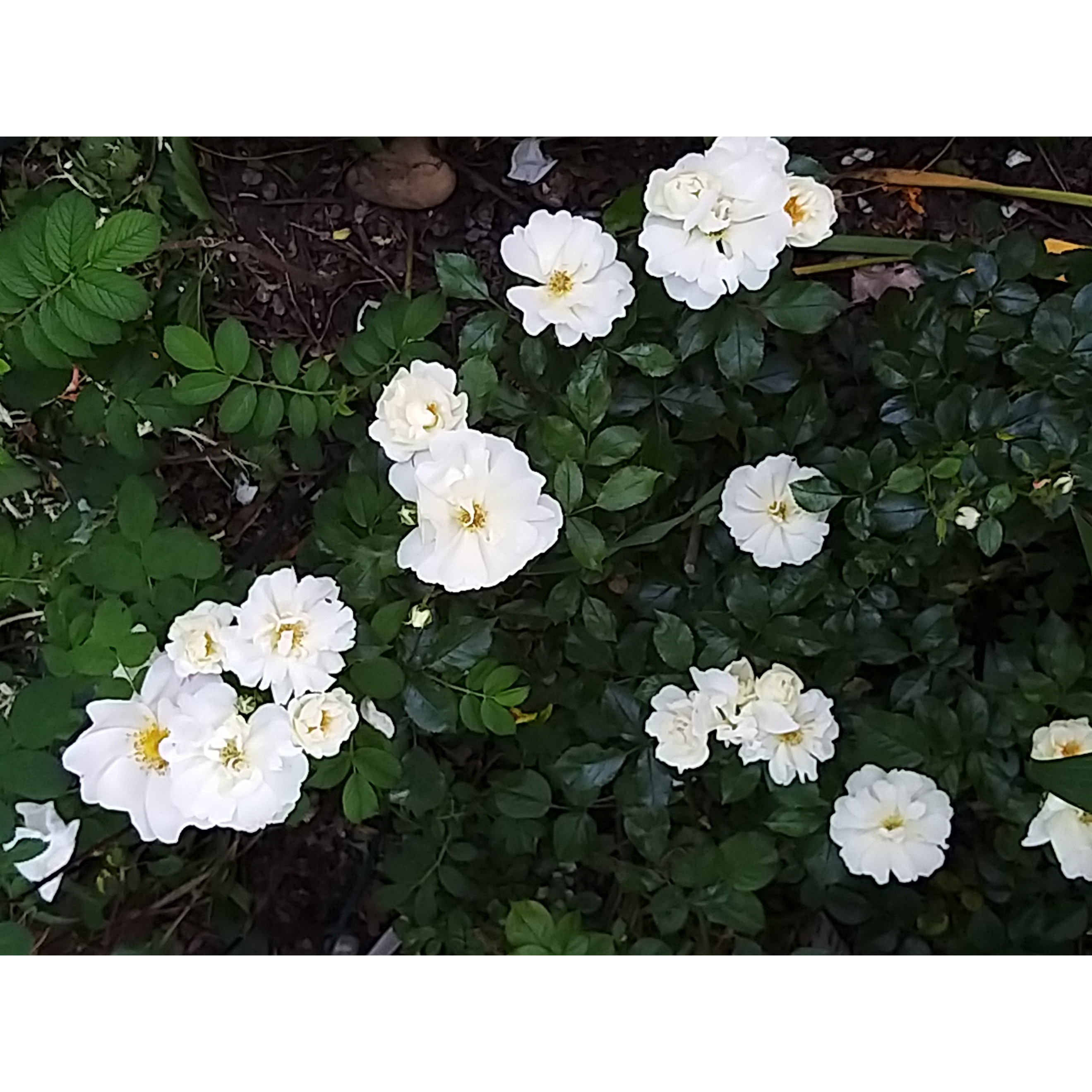
Thierry P.

May flowering - image 18
Thierry P. • 84 FR
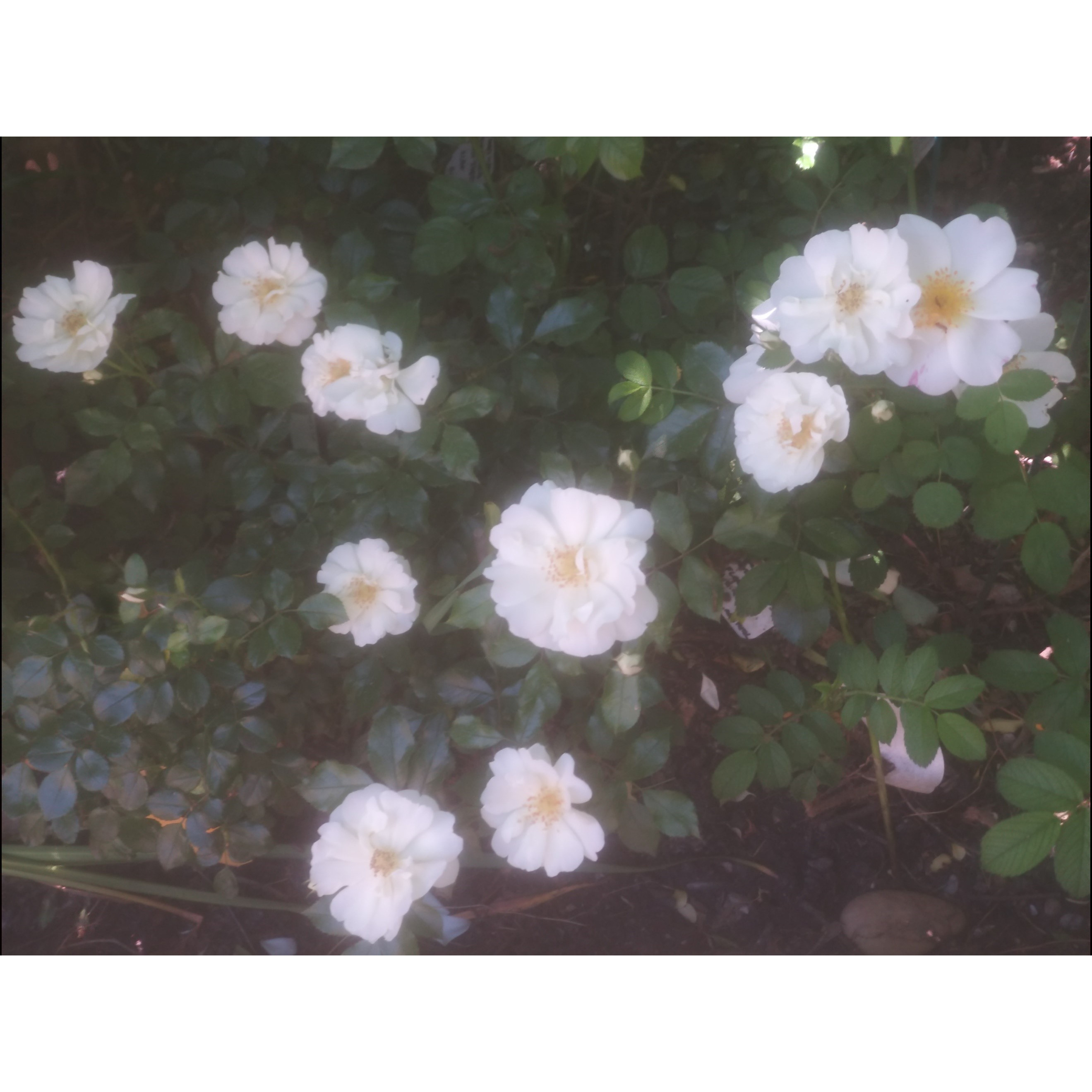
Thierry P.

May flowering - image 7
Thierry P. • 84 FR
Rosa Decorosiers Opalia 'Noaschnee'
Rosa Décorosiers Opalia 'Noaschnee'
The flowers look like wild roses! They are very beautiful!
Anne, 10/09/2024
Special offer!
Receive a €20 voucher for any order over €90 (excluding delivery costs, credit notes, and plastic-free options)!
1- Add your favorite plants to your cart.
2- Once you have reached €90, confirm your order (you can even choose the delivery date!).
3- As soon as your order is shipped, you will receive an email containing your voucher code, valid for 3 months (90 days).
Your voucher is unique and can only be used once, for any order with a minimum value of €20, excluding delivery costs.
Can be combined with other current offers, non-divisible and non-refundable.
Home or relay delivery (depending on size and destination)
Schedule delivery date,
and select date in basket
We guarantee the quality of our plants for a full growing cycle, and will replace at our expense any plant that fails to recover under normal climatic and planting conditions.

Description
The Decorosier OPALIA rose bush, with a coat of white flowers from spring, blooming until autumn, brings a lot of light to any setting. Its semi-double corollas of pure white blend wonderfully with all the flowers in the garden and create a beautiful contrast with the surrounding foliage. This Opalia variety is the earliest in the Decorosiers collection. Its small, shiny dark green foliage remains decorative throughout the season, and even throughout winter if it's not too harsh. An easy-to-grow rose bush in all regions, whether in a pot or in the ground, suitable for gardens of all styles and sizes!
The 'Opalia' rose bush belongs to the modern, shrub and landscape roses. Its clustered flowers come from the Polyantha rose, an old hybrid derived from Rosa multiflora and Rosa chinensis. It is a very dense bush, measuring 70 to 80 cm (28 to 32in) in height, with good coverage, in the shape of a slightly spreading dome, about 90 cm (35in) to 1 m (3ft) wide, depending on the growing conditions. Very floriferous, it produces an abundance of semi-double flowers, 4-5 cm (2in) in diameter, from May to October, in pure white, around a golden yellow stamen centre. They have no scent. They are gathered in small clusters of 10 units. Its semi-evergreen foliage is perfectly healthy, composed of small, shiny dark green leaves that cover thorny stems. This variety tolerates heat well.
The Opalia rose bush can be used in flowerbeds, borders, large spaces, slopes, or low hedges. It adapts to all soils that are not too wet and all climates, making it suitable for all regions of our country. It has dense vegetation that works wonders on a slope, hiding the ground. When planted in mass, it can border pathways and highlight flower beds. For example, it can be associated with perennial geraniums (Geranium Blue Cloud, Anne Folkard, Nimbus, Orion), bellflowers (lactiflora, rapunculoides), catmints, lavenders, snapdragons, foxgloves, or other Stachys. When left to grow freely, it forms a bush with a blurry, flowery, and cloudy shape, with a very natural appearance in front of a flowered shrub bed.
The DECOROSIERS roses are ground-covering shrub roses. They can be used in various ways: lawn borders, flowerbeds, slopes, or pots. They can be planted in all types of soil, in full sun or partial shade. They offer long and exceptional flowering periods on healthy, shiny, semi-evergreen foliage. Their qualities have been rewarded with 8 gold medals and 6 ADR labels. Naturally resistant to diseases, they do not require any treatment.
ADR ® is the label of the German Rose Breeders' Federation. The ADR designation is only given to varieties that have passed the strictest tests in the world. The plants are tested simultaneously in 10 different locations, under various soil and climate conditions for several years. The tests cover hardiness, perennial character, and flowering without any pesticide use.
Plant habit
Flowering
Foliage
Botanical data
Rosa
Décorosiers Opalia 'Noaschnee'
Rosaceae
Cultivar or hybrid
Rosa multiflora (Wrapped bare root)
Planting and care
How to plant roses. Work your soil on a 30 cm (12in) x 30 cm (12in) area, crumble the soil well and place an amendment such as bonemeal at the bottom of the planting hole. Prepare a thick mixture with water and soil. Dip your plant in the mud to coat the roots and prevent air bubbles (this is called pralinage). Position your plant in the planting hole, spreading out the roots and checking the depth: the graft point should be just above the ground. Fill with soil and gently firm it down. Prune the branches to 15/20 cm (6/8in) to stimulate growth. Create a basin at the base of the roses and water abundantly with a fine spray to eliminate air pockets and ensure the soil adheres to the roots. In very cold regions, it may be useful to mulch with leaves or turf up to 20 cm (8in) at the base of your plants. Decorosier roses do not require pruning. However, it is possible to prune them in spring by cutting back the branches by half. In summer, removing faded flowers will encourage new blooms. Naturally resistant to diseases, they do not require fungicidal treatments.
Roses are often stained or unsightly at the end of summer, but this is not a problem for their development. These stains are not harmful to the rose, it is a natural phenomenon.
Planting period
Intended location
Care
Planting & care advice
-
, onOrder confirmed
Reply from on Promesse de fleurs
Similar products
Haven't found what you were looking for?
Hardiness is the lowest winter temperature a plant can endure without suffering serious damage or even dying. However, hardiness is affected by location (a sheltered area, such as a patio), protection (winter cover) and soil type (hardiness is improved by well-drained soil).

Photo Sharing Terms & Conditions
In order to encourage gardeners to interact and share their experiences, Promesse de fleurs offers various media enabling content to be uploaded onto its Site - in particular via the ‘Photo sharing’ module.
The User agrees to refrain from:
- Posting any content that is illegal, prejudicial, insulting, racist, inciteful to hatred, revisionist, contrary to public decency, that infringes on privacy or on the privacy rights of third parties, in particular the publicity rights of persons and goods, intellectual property rights, or the right to privacy.
- Submitting content on behalf of a third party;
- Impersonate the identity of a third party and/or publish any personal information about a third party;
In general, the User undertakes to refrain from any unethical behaviour.
All Content (in particular text, comments, files, images, photos, videos, creative works, etc.), which may be subject to property or intellectual property rights, image or other private rights, shall remain the property of the User, subject to the limited rights granted by the terms of the licence granted by Promesse de fleurs as stated below. Users are at liberty to publish or not to publish such Content on the Site, notably via the ‘Photo Sharing’ facility, and accept that this Content shall be made public and freely accessible, notably on the Internet.
Users further acknowledge, undertake to have ,and guarantee that they hold all necessary rights and permissions to publish such material on the Site, in particular with regard to the legislation in force pertaining to any privacy, property, intellectual property, image, or contractual rights, or rights of any other nature. By publishing such Content on the Site, Users acknowledge accepting full liability as publishers of the Content within the meaning of the law, and grant Promesse de fleurs, free of charge, an inclusive, worldwide licence for the said Content for the entire duration of its publication, including all reproduction, representation, up/downloading, displaying, performing, transmission, and storage rights.
Users also grant permission for their name to be linked to the Content and accept that this link may not always be made available.
By engaging in posting material, Users consent to their Content becoming automatically accessible on the Internet, in particular on other sites and/or blogs and/or web pages of the Promesse de fleurs site, including in particular social pages and the Promesse de fleurs catalogue.
Users may secure the removal of entrusted content free of charge by issuing a simple request via our contact form.
The flowering period indicated on our website applies to countries and regions located in USDA zone 8 (France, the United Kingdom, Ireland, the Netherlands, etc.)
It will vary according to where you live:
- In zones 9 to 10 (Italy, Spain, Greece, etc.), flowering will occur about 2 to 4 weeks earlier.
- In zones 6 to 7 (Germany, Poland, Slovenia, and lower mountainous regions), flowering will be delayed by 2 to 3 weeks.
- In zone 5 (Central Europe, Scandinavia), blooming will be delayed by 3 to 5 weeks.
In temperate climates, pruning of spring-flowering shrubs (forsythia, spireas, etc.) should be done just after flowering.
Pruning of summer-flowering shrubs (Indian Lilac, Perovskia, etc.) can be done in winter or spring.
In cold regions as well as with frost-sensitive plants, avoid pruning too early when severe frosts may still occur.
The planting period indicated on our website applies to countries and regions located in USDA zone 8 (France, United Kingdom, Ireland, Netherlands).
It will vary according to where you live:
- In Mediterranean zones (Marseille, Madrid, Milan, etc.), autumn and winter are the best planting periods.
- In continental zones (Strasbourg, Munich, Vienna, etc.), delay planting by 2 to 3 weeks in spring and bring it forward by 2 to 4 weeks in autumn.
- In mountainous regions (the Alps, Pyrenees, Carpathians, etc.), it is best to plant in late spring (May-June) or late summer (August-September).
The harvesting period indicated on our website applies to countries and regions in USDA zone 8 (France, England, Ireland, the Netherlands).
In colder areas (Scandinavia, Poland, Austria...) fruit and vegetable harvests are likely to be delayed by 3-4 weeks.
In warmer areas (Italy, Spain, Greece, etc.), harvesting will probably take place earlier, depending on weather conditions.
The sowing periods indicated on our website apply to countries and regions within USDA Zone 8 (France, UK, Ireland, Netherlands).
In colder areas (Scandinavia, Poland, Austria...), delay any outdoor sowing by 3-4 weeks, or sow under glass.
In warmer climes (Italy, Spain, Greece, etc.), bring outdoor sowing forward by a few weeks.


































